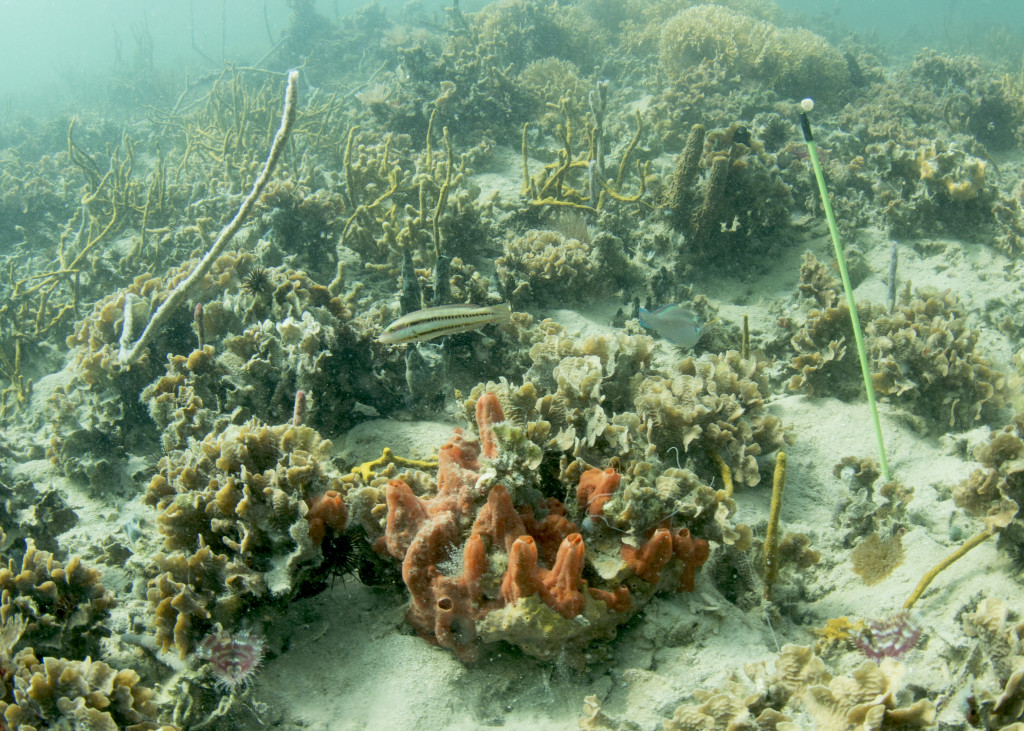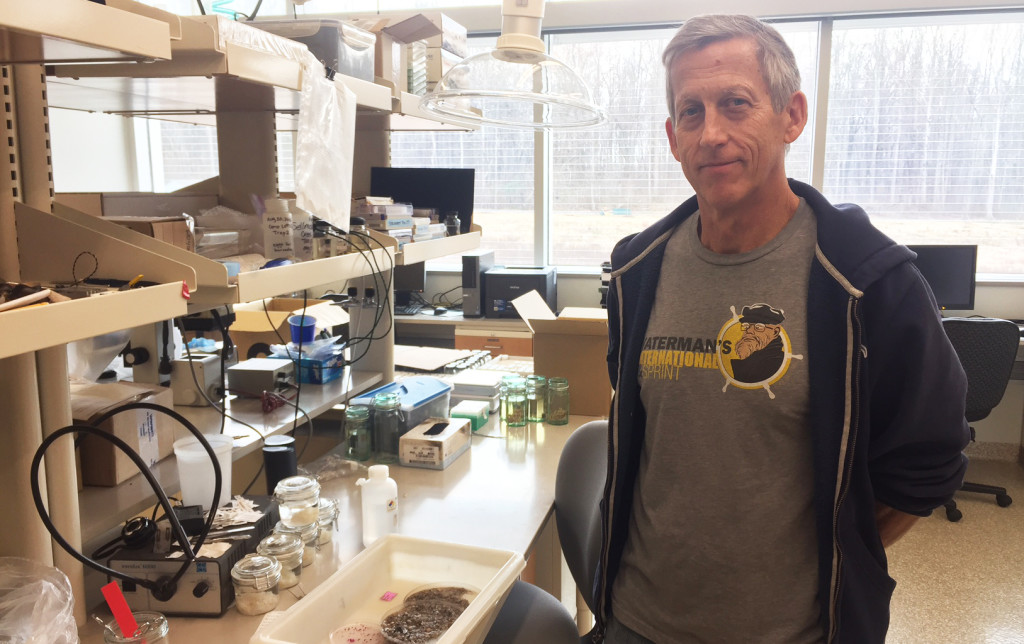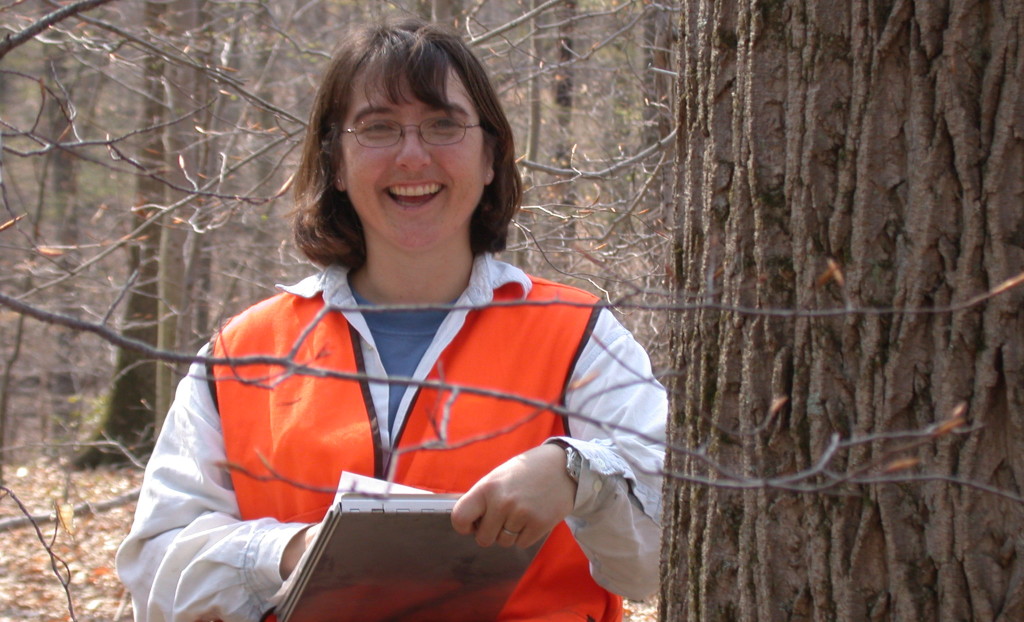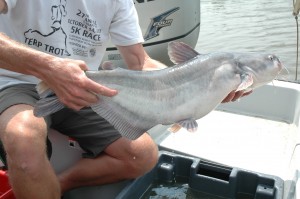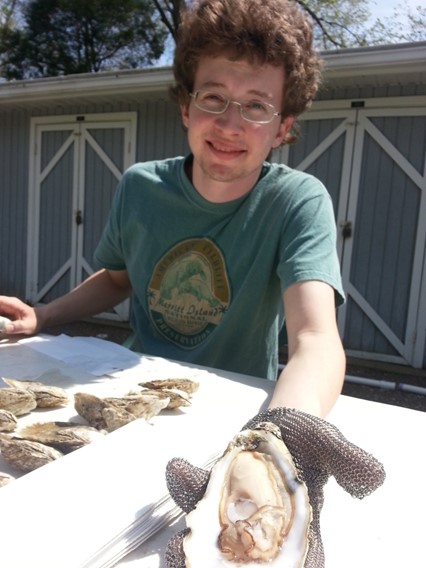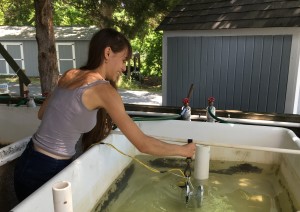by Kristen Minogue
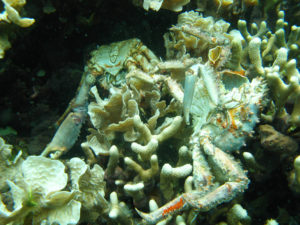
Low oxygen caused the death of these corals and others in Bocas del Toro, Panama. The dead crabs pictured also succumbed to the loss of dissolved oxygen.
(Credit: Arcadio Castillo/Smithsonian)
In the past 50 years, the amount of water in the open ocean with zero oxygen has gone up more than fourfold. In coastal water bodies, including estuaries and seas, low-oxygen sites have increased more than 10-fold since 1950. Scientists expect oxygen to continue dropping even outside these zones as Earth warms. To halt the decline, the world needs to rein in both climate change and nutrient pollution, an international team of scientists asserted in a new paper published Jan. 4 in Science.
“Oxygen is fundamental to life in the oceans,” said Denise Breitburg, lead author and marine ecologist with the Smithsonian Environmental Research Center. “The decline in ocean oxygen ranks among the most serious effects of human activities on the Earth’s environment.”


